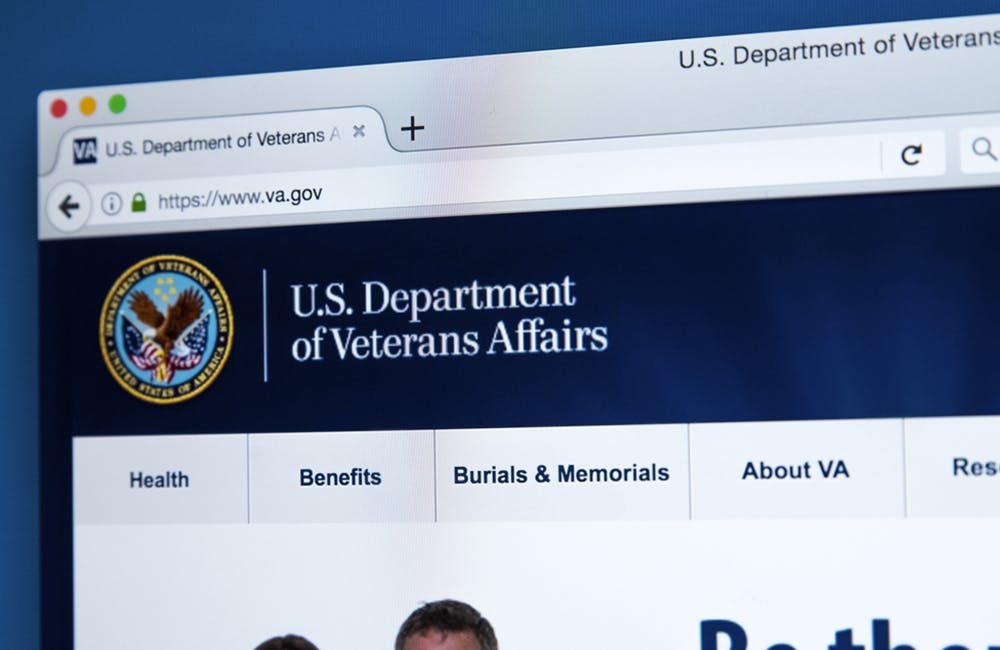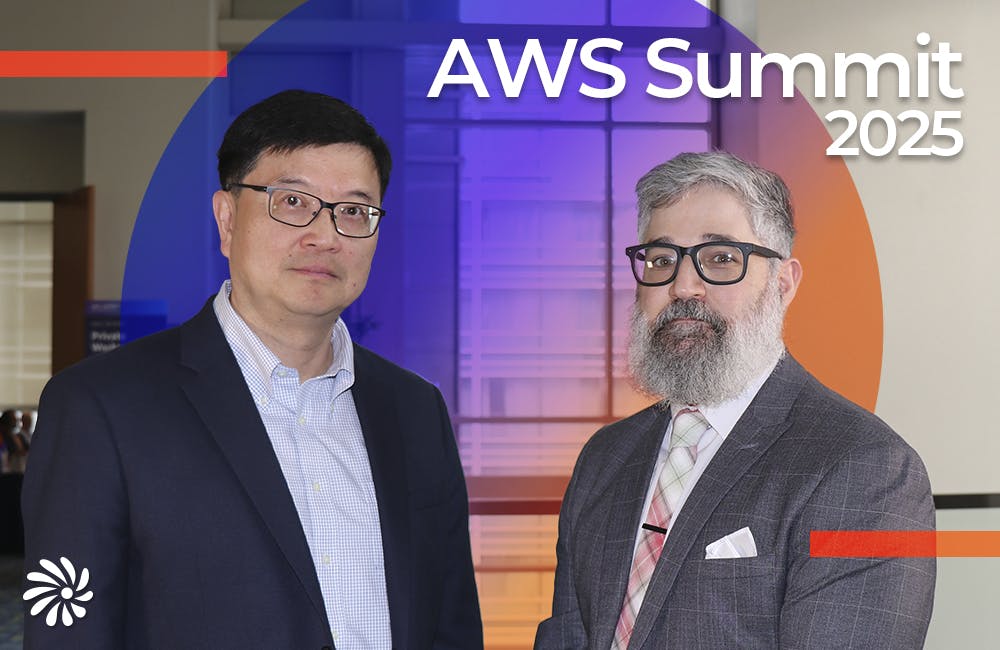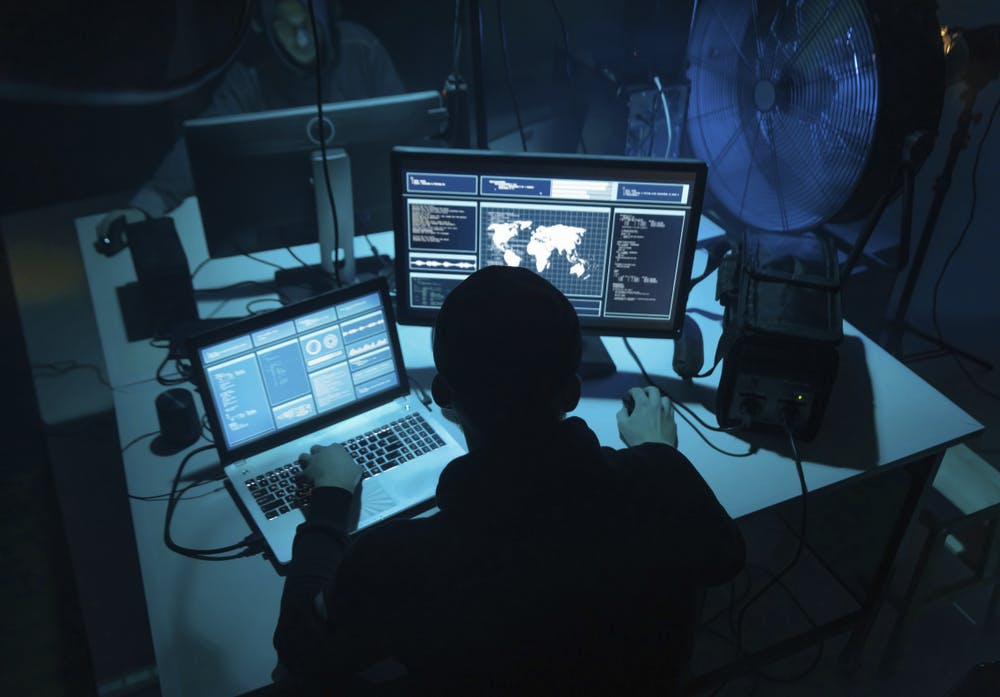VA CIO Emphasizes Role of Automation, Cybersecurity in Tech Strategy
Kurt DelBene said the agency plans to increase its spending for cybersecurity.

As the Department of Veterans Affairs implements its “vision-first” strategy, CIO Kurt DelBene said he’s focusing on bolstering cybersecurity and automation.
“There’s nothing more important than cybersecurity,” DelBene said during Digital Government Institute’s 930gov conference Tuesday. “Just getting people to understand that even before that next feature, being secure is what’s more important … cybersecurity needs to be a single kind of dial tone that always works.”
Because the threat landscape is constantly evolving, DelBene said VA is assessing its cyber readiness and bolstering its strategy through hiring cyber engineers, building out zero trust and allocating additional resources to secure critical assets.
“One of the transformations we’re trying to drive at VA is it’s great to have all the processes to say, ‘Yes, you have engineered around being secure,’ but there has to be a checkpoint — whether it’s FITARA, whether it’s an ATO process — that says, ‘I believe this is a secure system that can be put on the network,’” DelBene said.
VA is developing a roadmap to get to zero trust, which enables the agency to take a holistic approach to its cyber posture. DelBene also wants to increase spending around cybersecurity to attract and retain top technology talent.
“We’re not spending enough,” DelBene said. “The salaries we have in the federal government make it very challenging to bring [cyber experts] on full time. We would love to do that. We’re pushing hard on getting the salaries up to be at the right place, but it also means we’re going to have to use contractors, and that means we’re going to we’re going to have to spend more money on cyber.”
In order to have digital transformation at the core of VA, DelBene said the agency must “think like an engineering organization” that revolves around a vision of end user experience across the enterprise.
“Modernization is in service of a goal,” DelBene said. “You have to assert it as a mission because we’re going to need it over time to modernize as a core part of what you do, and that is part of your vision to ultimately keep modern systems such that you’re always driving higher reliability, higher responsiveness.”
Keeping modernization at the core of VA’s mission is critical for its benefits arm, especially following the recent passage of the PACT Act. With VA turning to automation to improve end user experience, DelBene will focus on automating the claims process to speed benefits delivery and make more effective decisions on benefits eligibility.
“If you think about the benefits process from left to right — at the first point, where I need information about applying benefits, all the way to the point of delivery of those benefits — we have an incredible opportunity to deliver that more effectively by having great systems that help our claims adjudicators figure that out. We have an opportunity to use advanced technology to automate the claims process,” DelBene said.
DelBene iterated to GovCIO Media & Research the role automation will have for the claims approval process and for the agency’s workforce.
“We’re in the early stages here. Most of what we’re doing is helping the claims person, but there’s some things like hypertension that are actually quite simple, and then we can automate the actual decision as well,” DelBene said.
A key component of automation is centralizing data, which led to VA creating the Virtual Branch Office to support data collection.
“The goal, first and foremost, is to automate the collection of data that allows the claims agent to be more effective in his or her job,” DelBene said. “[The Virtual Branch Office] basically says everything can go to a single place, or … calling into data sources, we can pull in the information and automate that process so it’s faster for a claims agent to do the adjudication.”
This is a carousel with manually rotating slides. Use Next and Previous buttons to navigate or jump to a slide with the slide dots
-

DOD Can No Longer Assume Superiority in Digital Warfare, Officials Warn
The DOD must make concerted efforts to address cyber vulnerabilities to maintain the tactical edge, military leaders said at HammerCon 2025.
4m read -

Tracking CIOs in Trump's Second Term
Stay informed on the latest shifts in federal technology leadership as new CIOs are appointed and President Trump's second term takes shape.
6m read -

Inside Oak Ridge National Lab’s Pioneer Approach to AI
Energy Department’s Oak Ridge National Lab transforms AI vulnerabilities into strategic opportunities for national defense.
22m listen -

AWS Summit: Innovation Accelerates IT Delivery at DOD
Marine Corps Community Services is tackling outdated IT processes with agile development and cutting-edge cloud security to deliver mission-critical capabilities faster.
12m watch -

AWS Summit: NIST Secures High-Performance Computing Against Evolving Threats
NIST’s Yang Guo reveals the broad attack surface of high-performance computing and explains developing guidance and future-proofing security strategies.
9m watch -

Trump Overhauls Federal Cybersecurity with New Executive Order
The new directive aims to strengthen digital defenses while rolling back "burdensome" software requirements and refocusing AI security.
3m read -

AWS Summit: Forging Successful Cloud Modernization Partnerships
Industry leaders share insights on the critical role industry partnerships have in enabling government agencies to navigate procurement challenges for cloud and zero trust solutions.
24m watch Partner Content -

CISA's CVE Program and Why it Matters for Zero Trust
The vulnerability program provides the cybersecurity community visibility into software as part of a key pillar of CISA's zero trust model.
5m read -

Air Force, Coast Guard Talk Data Security Efforts for AI Development
The services' AI initiatives include efforts like creating clean training data, countering data poisoning and bridging siloed teams.
4m read -

DHS Secretary Urges Congress to Reauthorize CISA 2015
Federal leaders highlight CISA 2015's role in strengthening public-private partnerships and defending against evolving cyber threats.
3m read -

Rep. Gerry Connolly Leaves Lasting Mark on Federal Tech
Connolly's leadership in Congress significantly advanced government IT, emphasizing accountability, efficiency and a robust cybersecurity posture.
4m read -

Agencies Use AI to Boost Efficiency, Cybersecurity Under White House Mandates
DLA and GAO are investigating how AI can boost efficiency and bolster cybersecurity as agencies align with the president's tech directives.
3m read
















